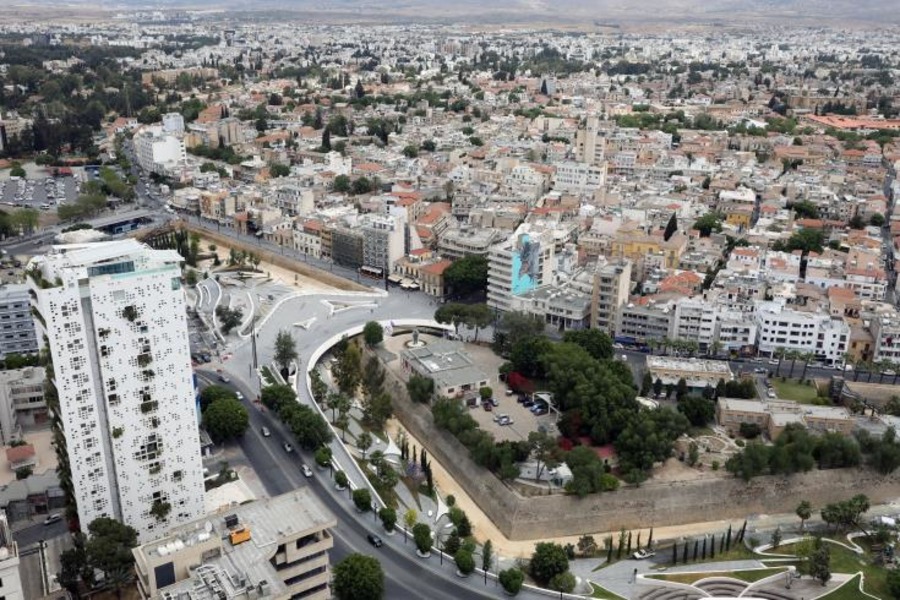The total population in the government-controlled areas of Cyprus on October 1, 2021 was 923.272 persons, according to the preliminary results of the latest population census, informs in-cypurs.
An increase of 9.9% was recorded in the total population compared to the results of the 2011 census (840,407 persons).
Moreover, the 2021 census found that there were 492,555 housing units in the Republic of Cyprus. This is a 13.7% increase compared to the 433,212 housing units recorded in 2011.
Housing Units and Population by District
A total number of 163,239 housing units and 350,824 persons were recorded in Nicosia, corresponding to 33.1% and 38.0% respectively of the total for Cyprus.
In Limassol, 132,305 (26.9%) housing units and 262,236 (28.4%) persons were recorded, in Larnaca district 82,233 (16.7%) housing units and 155,753 (16.9%) persons, in Paphos district 74,498 (15.1%) housing units and 100,175 (10.8%) persons and lastly in Famagusta, 40,280 (8.2%) housing units and 54,282 (5.9%) persons.
Compared to the results of the 2011 census, the largest percentage increase in the number of housing units (18.0%) as well as in the population (16.4%) was recorded in the district of Famagusta.
The second largest percentage increase in the population was recorded in Paphos (13.5%),
whereas the second largest percentage increase in housing units was recorded in Limassol (15.4%).
According to the preliminary results of the 2021 census, 615,731 (66.7%) persons resided in urban areas and 307,541 (33.3%) in rural areas.
The corresponding percentages recorded in the 2011 census were 67.4% (566,191 persons) and 32.6% (274,216 persons), thus showing that overall, there was no reduction in the population of rural areas, even though in some distant or mountainous communities there was a decrease in the number of residents.
Furthermore, the total population increase recorded in urban areas compared to the 2011 census was 8.7% and in rural areas 12.2%. As regards housing units, a share of 60.5% (297,805 housing units) are in urban areas and 39.5% (194,750) are in rural areas.
Compared to 2011, an increase of 12.8% in the total number of housing units was recorded in urban areas and a corresponding increase of 15.1% in rural areas.
Limassol still the largest municipality
Based on the preliminary results of the 2021 census, the largest municipality is Limassol with a total population of 108,105 persons (54.4% of the total population of
urban Limassol) and 50,183 housing units (55.8% of the total housing units in urban Limassol).
It is followed by Strovolos Municipality with a total of 71,123 persons (27.8% of the total population of urban Nicosia) and 32,585 housing units (27.3% of the total housing units in urban Nicosia) and Nicosia Municipality with 56,848 persons (22.2% of the total in urban Nicosia) and 30,145 housing units (25.3% of the total in urban Nicosia).
The same ranking among the three largest municipalities was also been observed in the results of the 2011 census.
Regarding municipalities with a population of 20,000 persons and above the largest percentage increase, both in housing units and in population, was documented in the Aradippou Municipality with 19.6% and
19.3% respectively.
The second largest percentage increase in the population compared to the 2011 census
was recorded in Egkomi Municipality with 13.8%, followed by Paphos Municipality with 13.4%.
In rural areas, Paralimni Municipality is the largest municipality with 20,450 housing units (+13,3% compared to 2011) and a population of 19,035 persons (+27.2%), followed by Dali Municipality with 4,391 housing units (+20.9%) and 12,350 persons (+18%).

